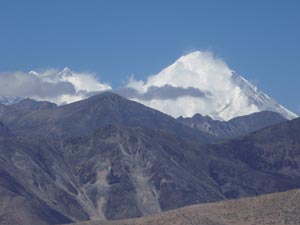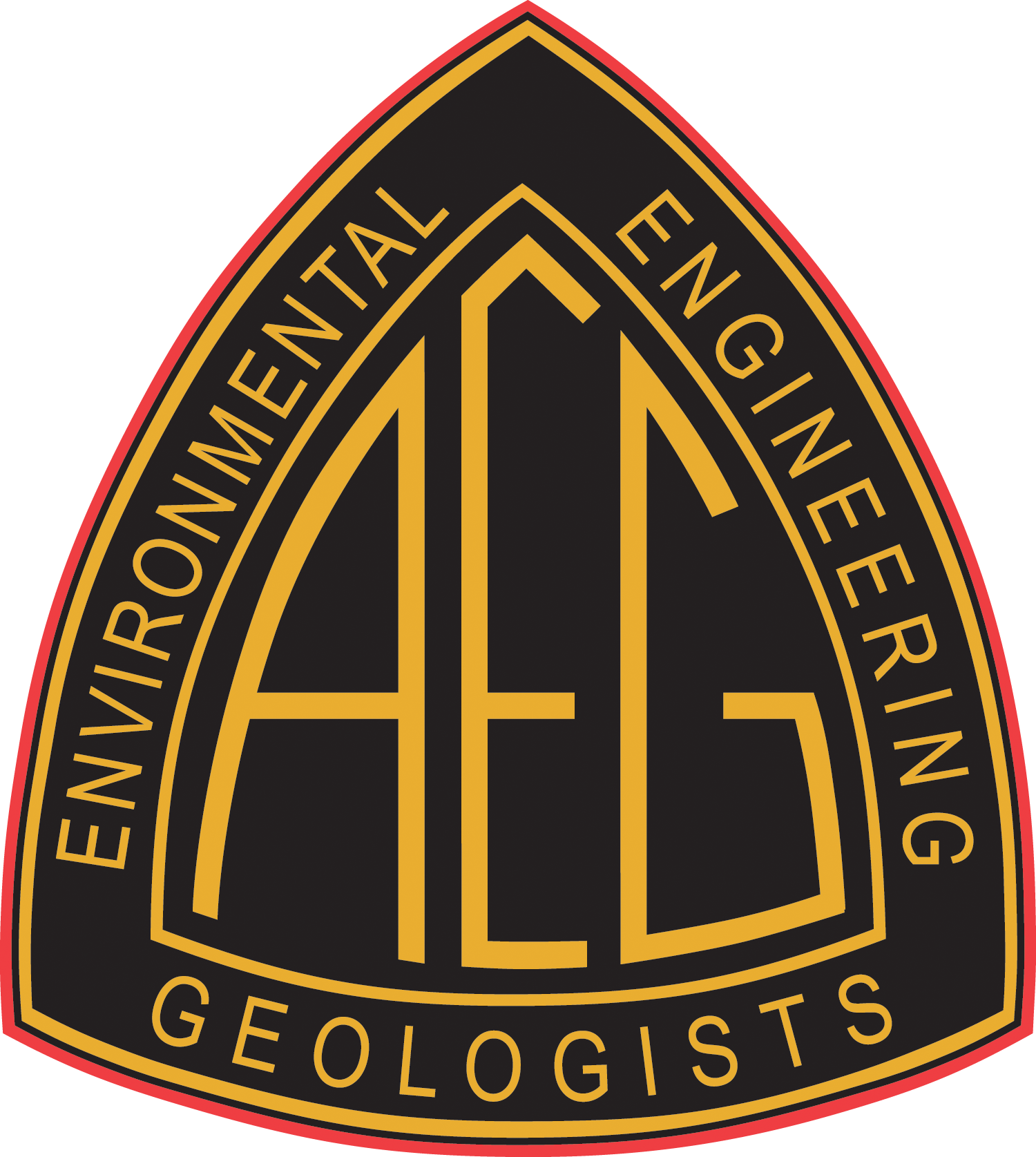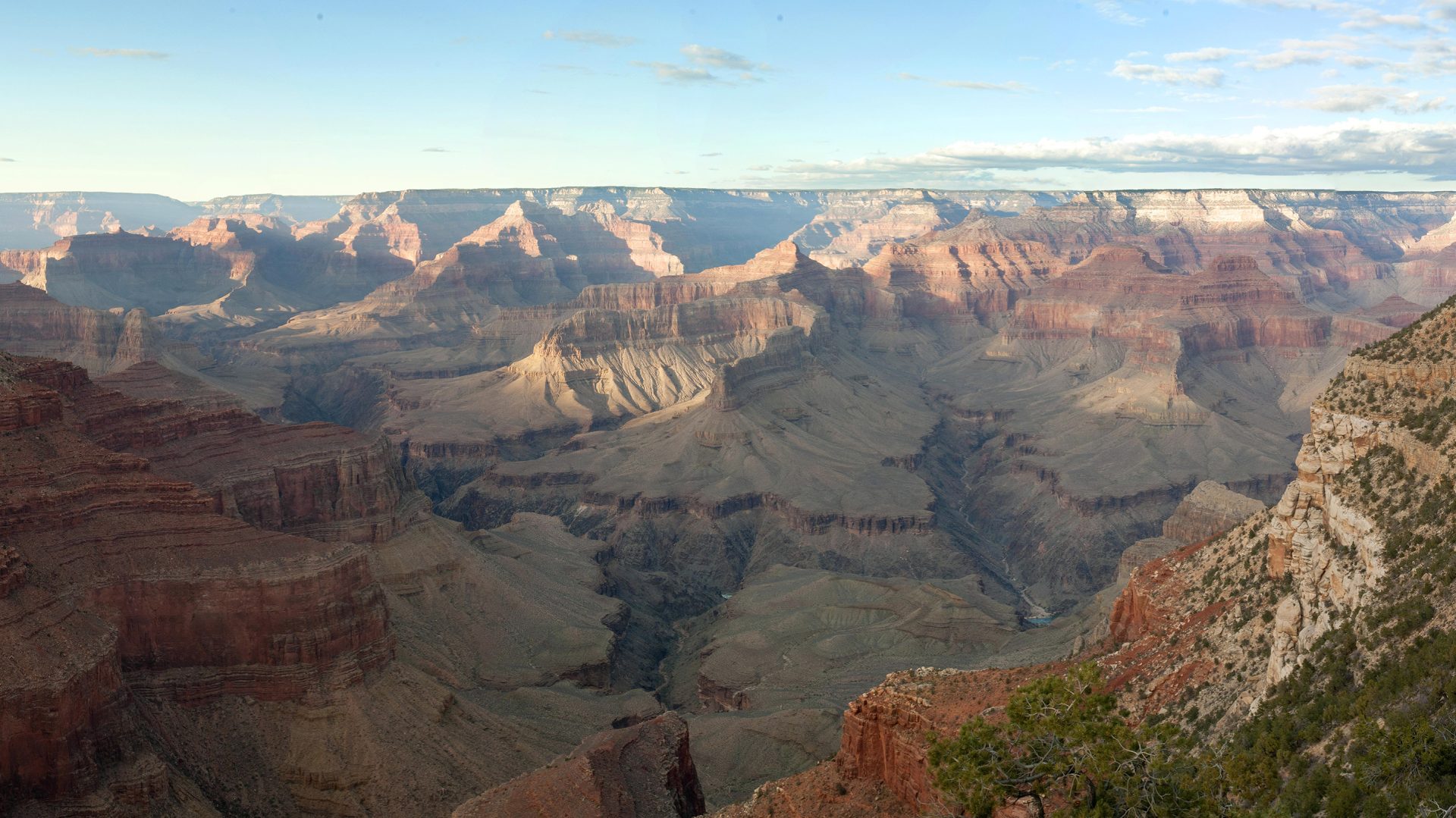August Dinner Meeting – 2017
Speaker: Kelin Whipple, ASU, SESE
Topic: Interpreting Active Tectonics from Topography
Sponsored by: Tensar International Corporation

Landform analysis has become a standard tool in neotectonic studies. The timescales recorded in deformed landforms importantly bridge the gap between geodetic and geologic methods. Most commonly the offset, tilting, and warping of abandoned depositional landforms is used to infer deformation rates and patterns. Whereas such analyses of static landforms has become well developed, complementary approaches to extract quantitative information about tectonics from erosional landscapes are relatively new, rapidly evolving, and can provide powerful insight. Over the last couple decades, some useful general rules about the expression of rock uplift rate in erosional landscapes have been developed that can guide and augment studies of the spatial and temporal distribution of active rock uplift. At catchment scale, the relationship between landscape form and rock uplift is dictated largely by the response of stream profiles to rock uplift, which is largely one of changing channel steepness (gradient adjusted for drainage area). Changes in channel steepness along a stream can be either abrupt (discrete slope-break knickpoints) or gradual (expressed as zones of enhanced or reduced river profile concavity) depending on the deformation pattern. Landforms can record information about both spatial and temporal patterns in rock uplift rate. Landscapes in various parts of the Himalaya exemplify both spatial and temporal influences. I first highlight lessons learned about the relationships among topography, climate, and erosion rates from studies using cosmogenic isotopic concentrations in river sands over the last decade that importantly guide tectonic interpretation of landscapes. Then I illustrate application of these methods to three sectors of the Himalaya-Tibetan orogenic system: (1) the NW Himalaya in Pakistan (location of the 2005 Kashmir (Muzaffarabad earthquake), (2) the Longmenshan on the eastern margin of the Tibetan Plateau (location of the 2008 Sichuan earthquake), and (3) the central Himalaya in Nepal (location of the 2015 Gorkha earthquake). I show that both the 2005 Kashmir EQ and the 2008 Sichuan EQ occurred on steep out-of-sequence thrusts in events predicable from the topography. The central Nepal location is interesting in that the topography indicates a similar architecture of active faults, but the long-expected 2015 Gorkha EQ ruptured the gently dipping basal decollement and not the inferred steep out-of-sequence fault. I explore the implications of the 2015 Gorkha EQ, and controversy around interpretations of structural architecture, in some depth.
RSVP deadline is past

